- Out-of-Stock
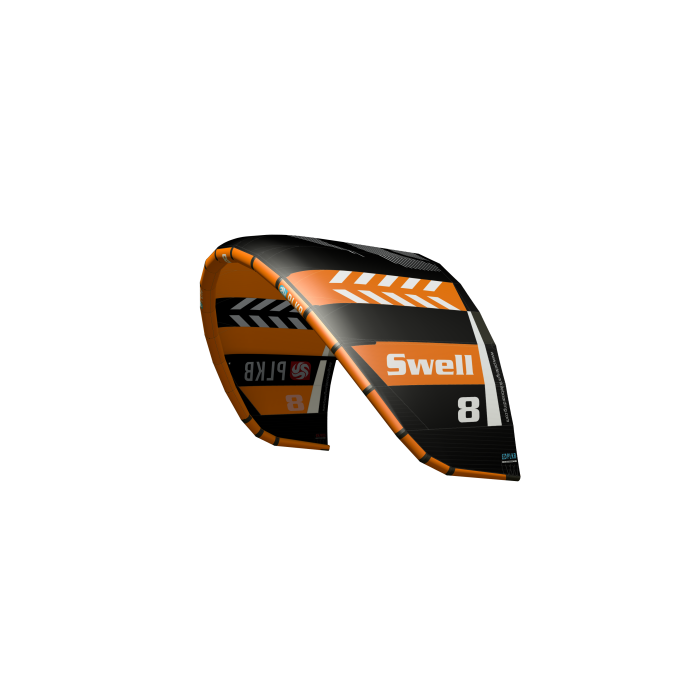





![]()
The Swell is a high-performance waveride kite with incredible capacities.
The light bar pressure allows you to feel free and focus on riding waves. This kite flies very quickly through the wind window and drifts like no other. The Swell not only performs well with freeriding and foiling but also beginners love the fact that the Swell just flips over and relaunches really easy.
Make the ocean your playground with the new Swell. A perfect blend of ease of use and stability make the Swell a great partner to learn kitesurfing and to progress in any way possible.
 Security policy
Security policy
(edit with the Customer Reassurance module)
 Delivery policy
Delivery policy
(edit with the Customer Reassurance module)
 Return policy
Return policy
(edit with the Customer Reassurance module)
PRECISE AND RESPONSIVE
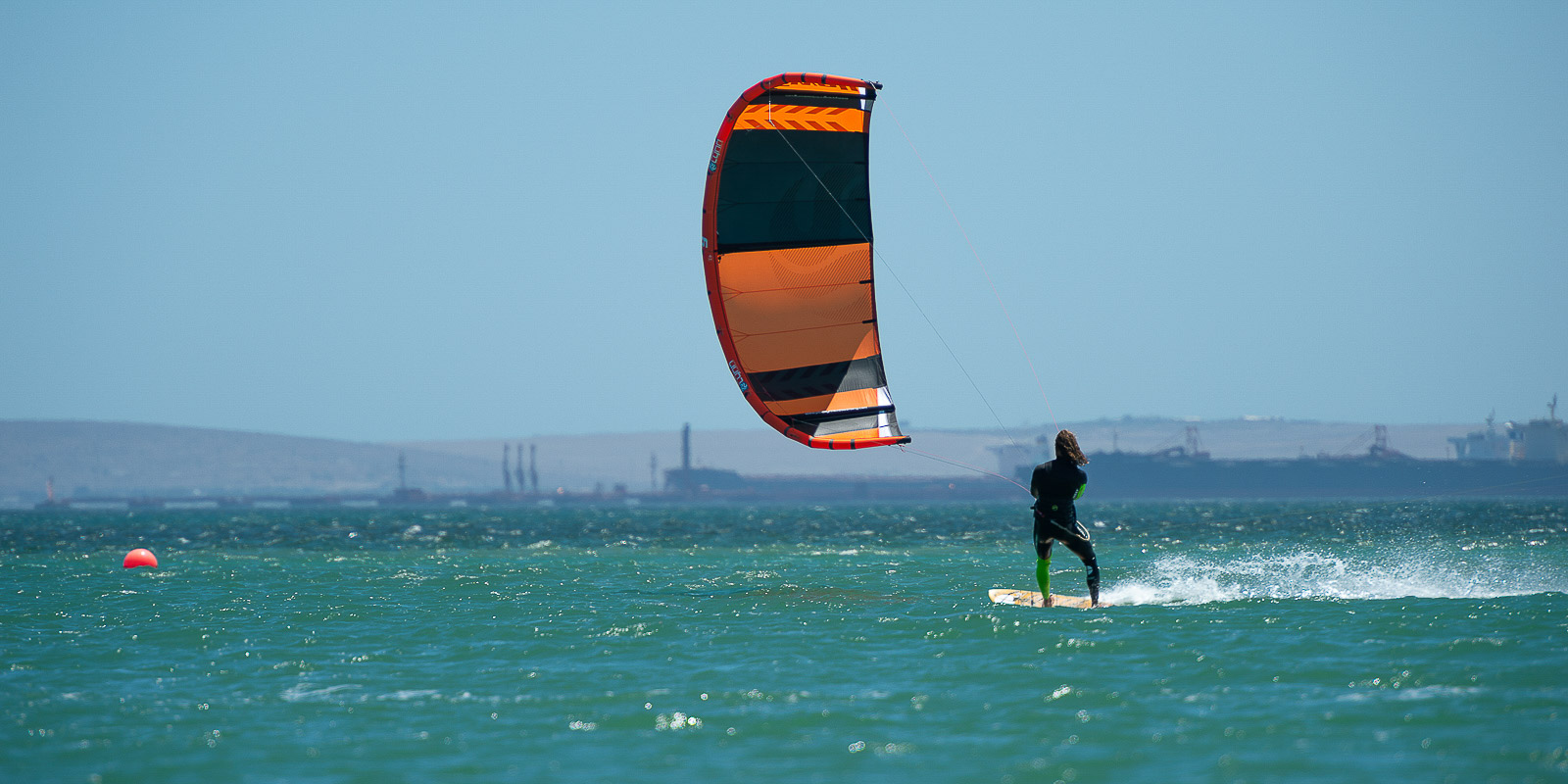
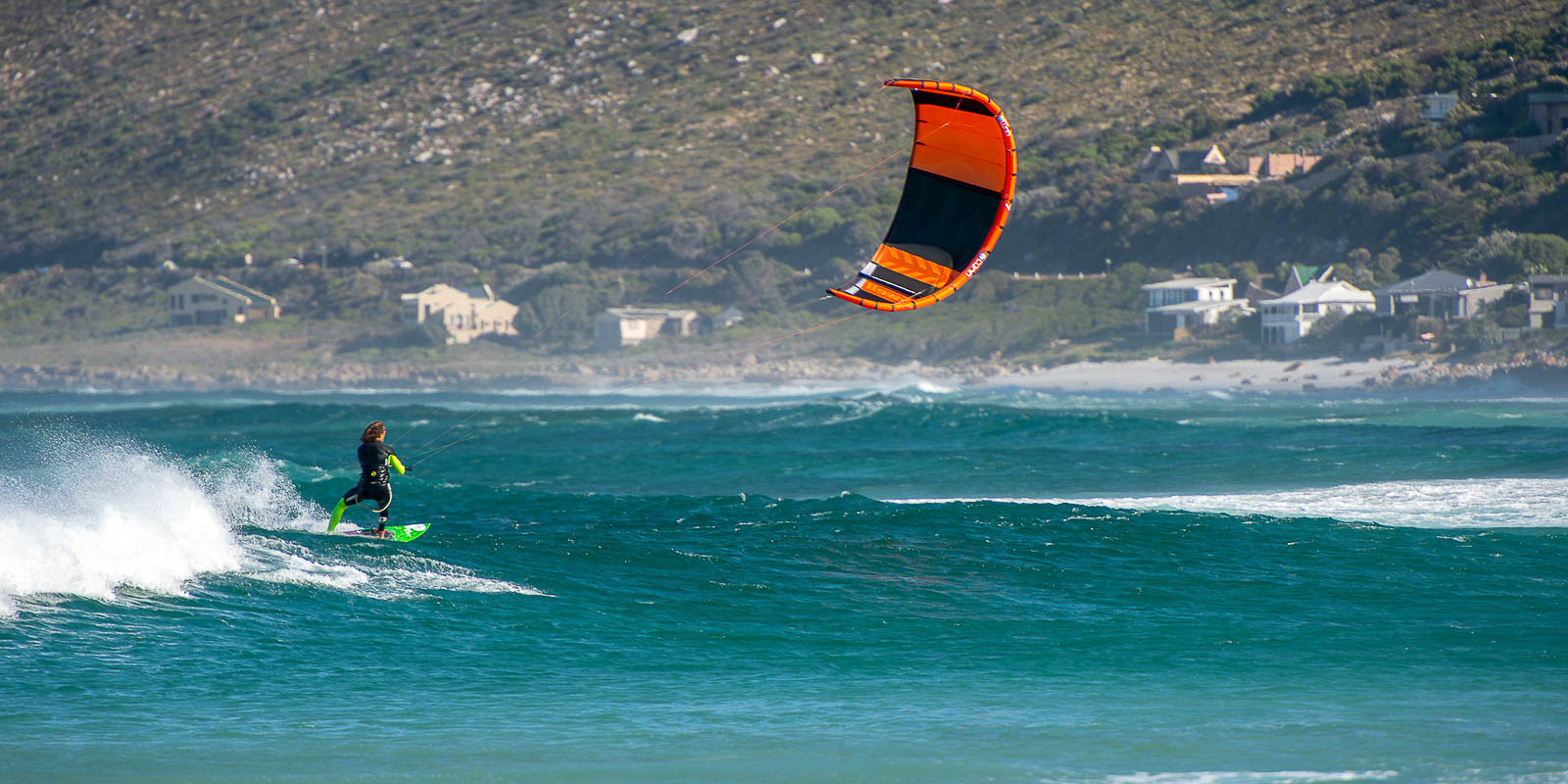
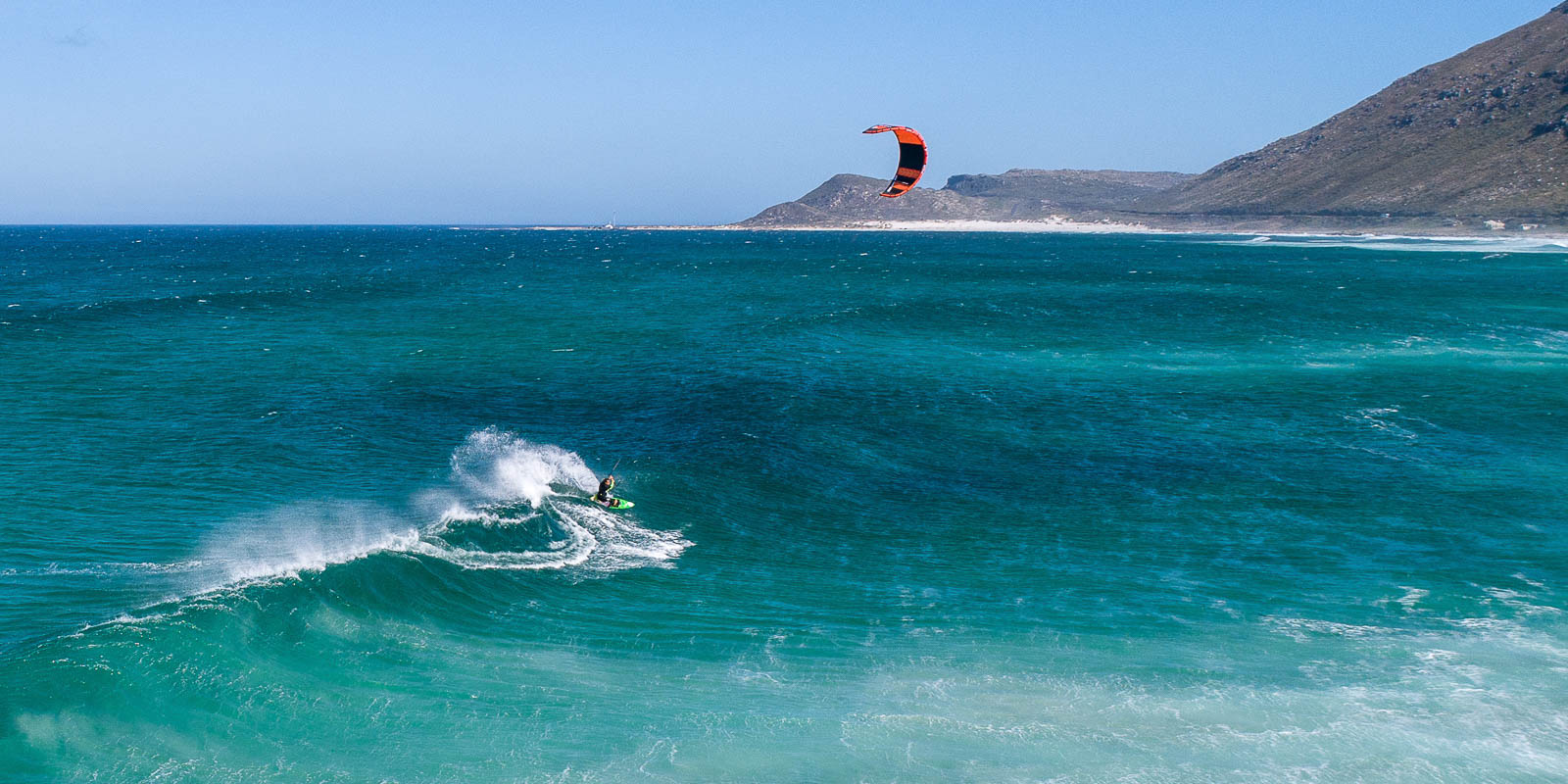
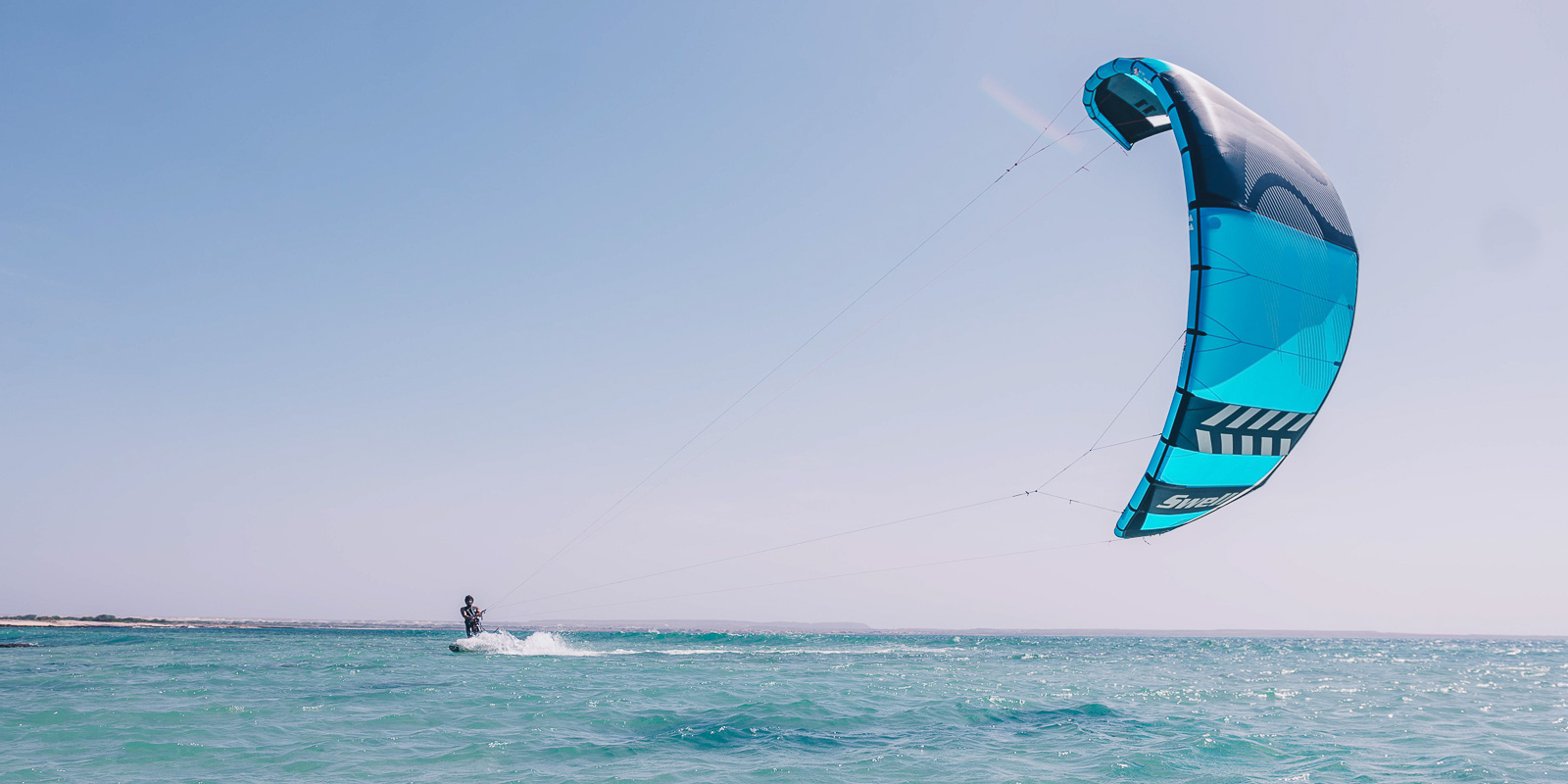
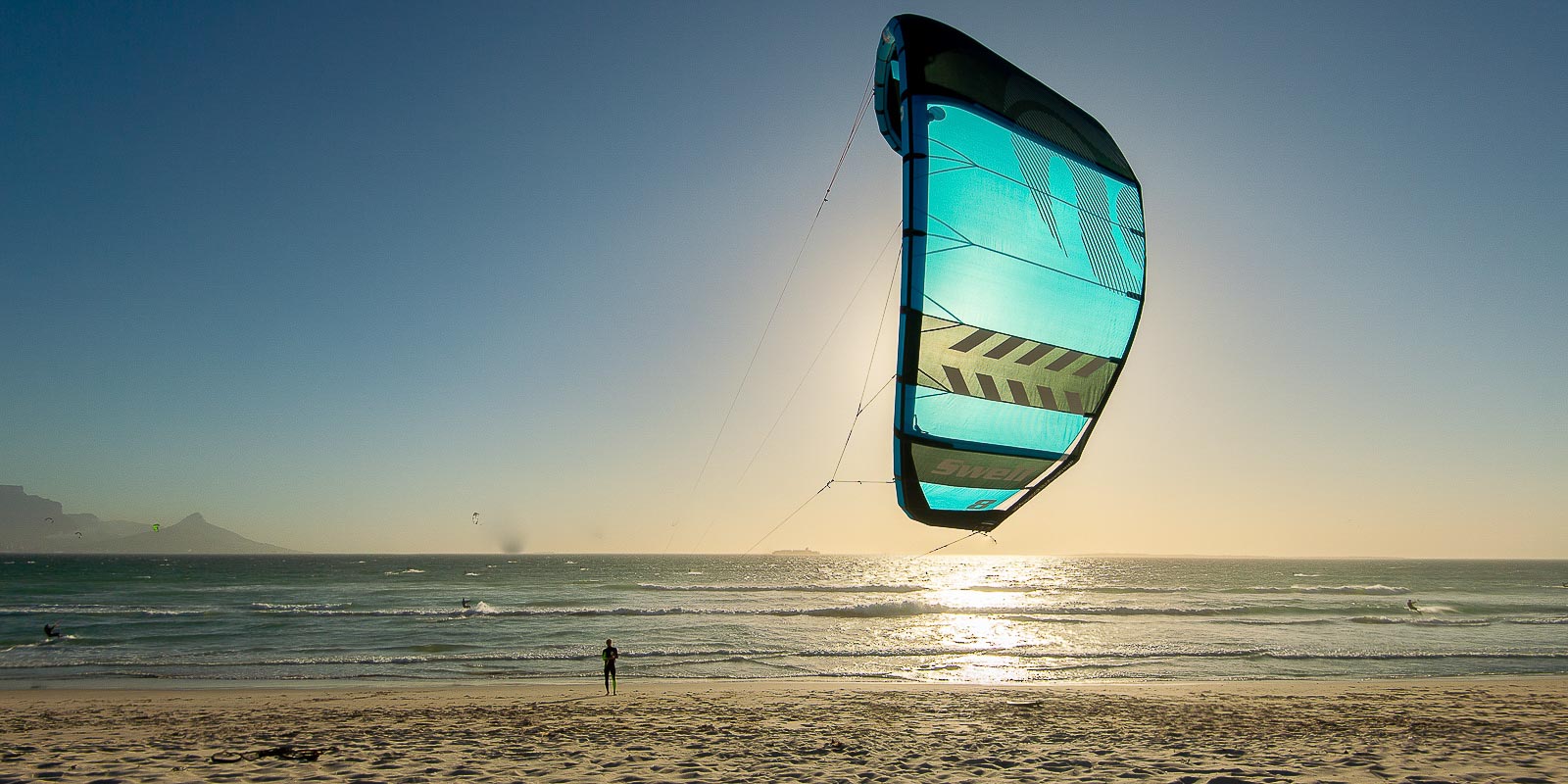
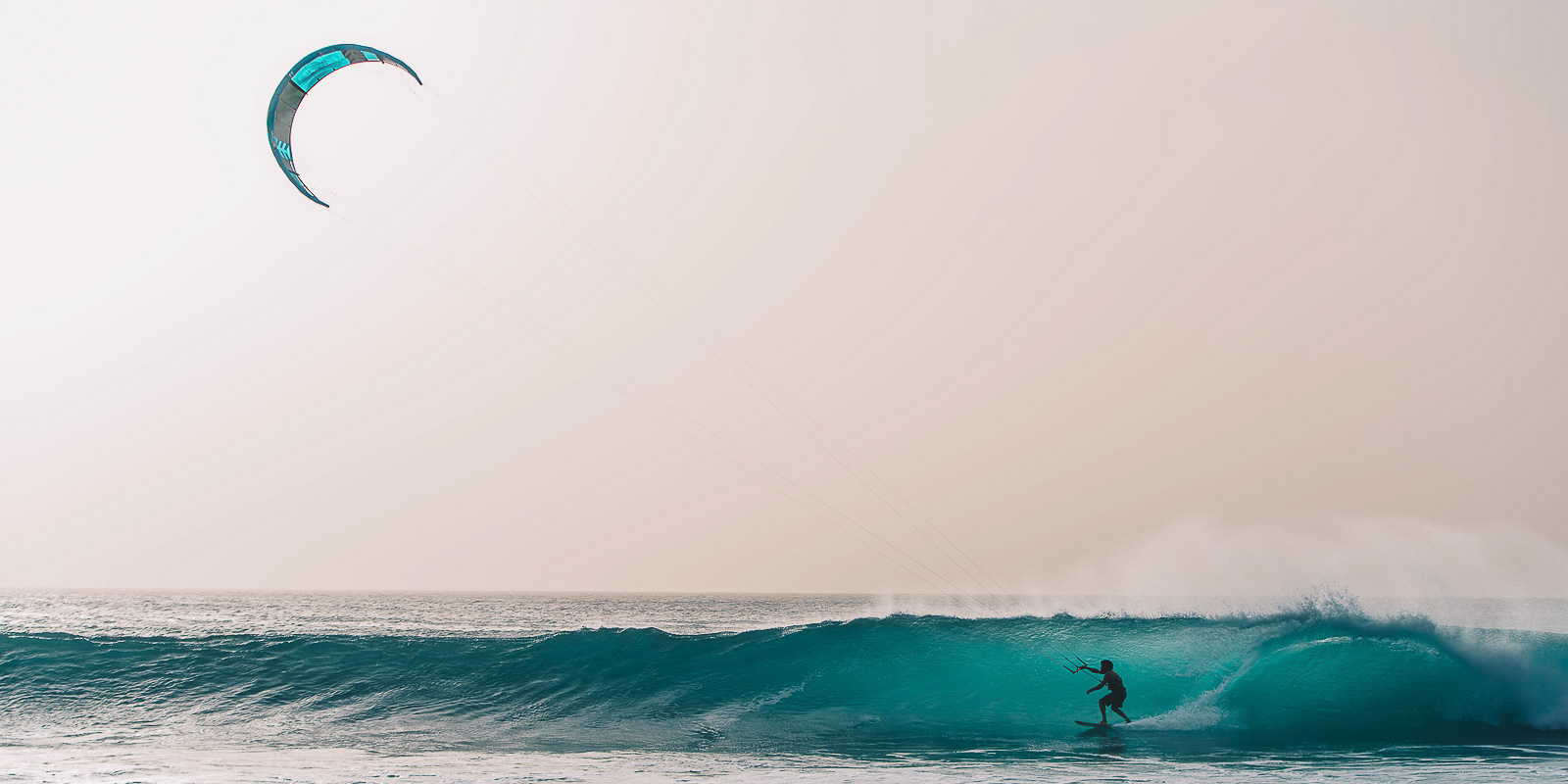
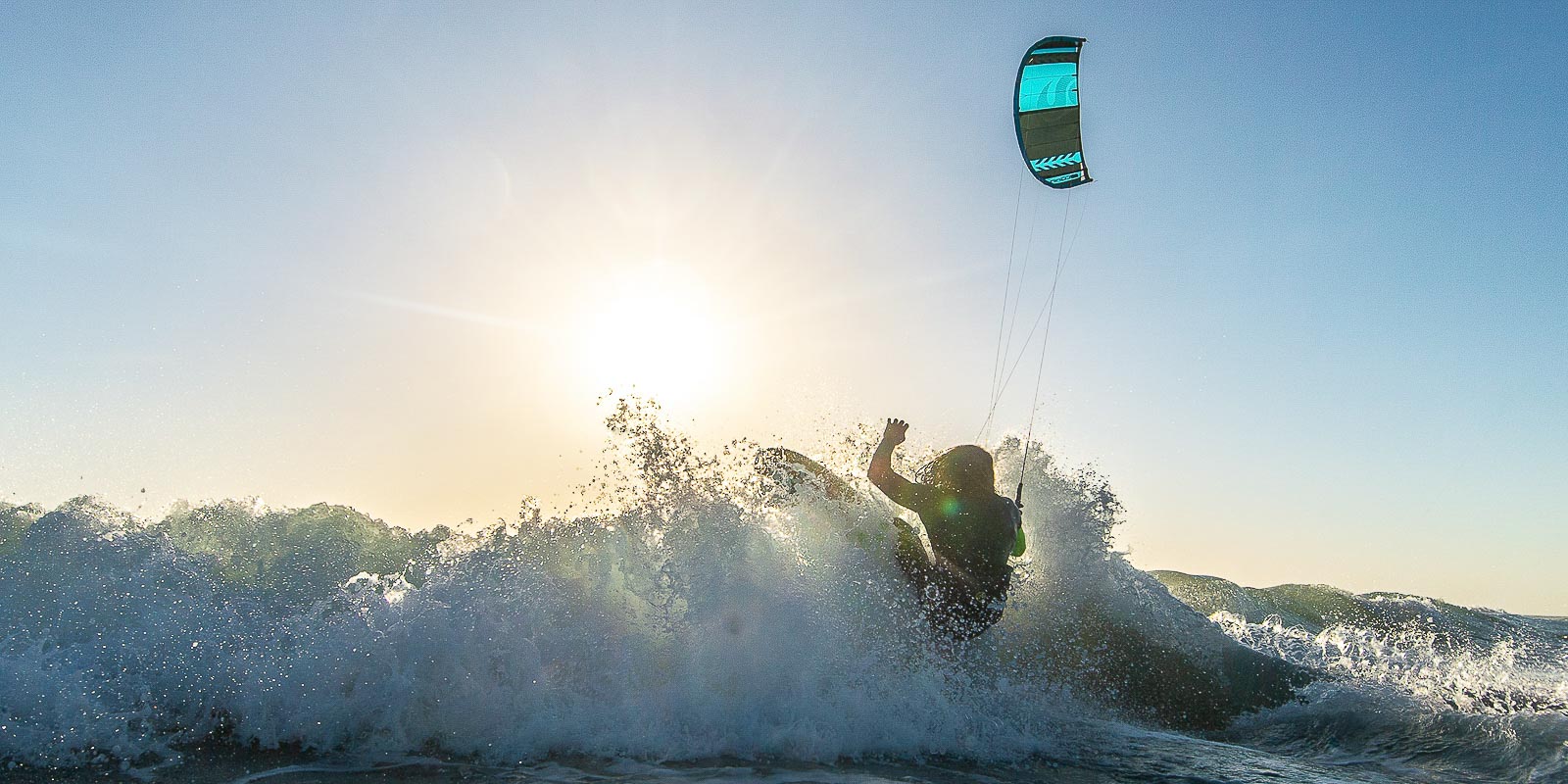
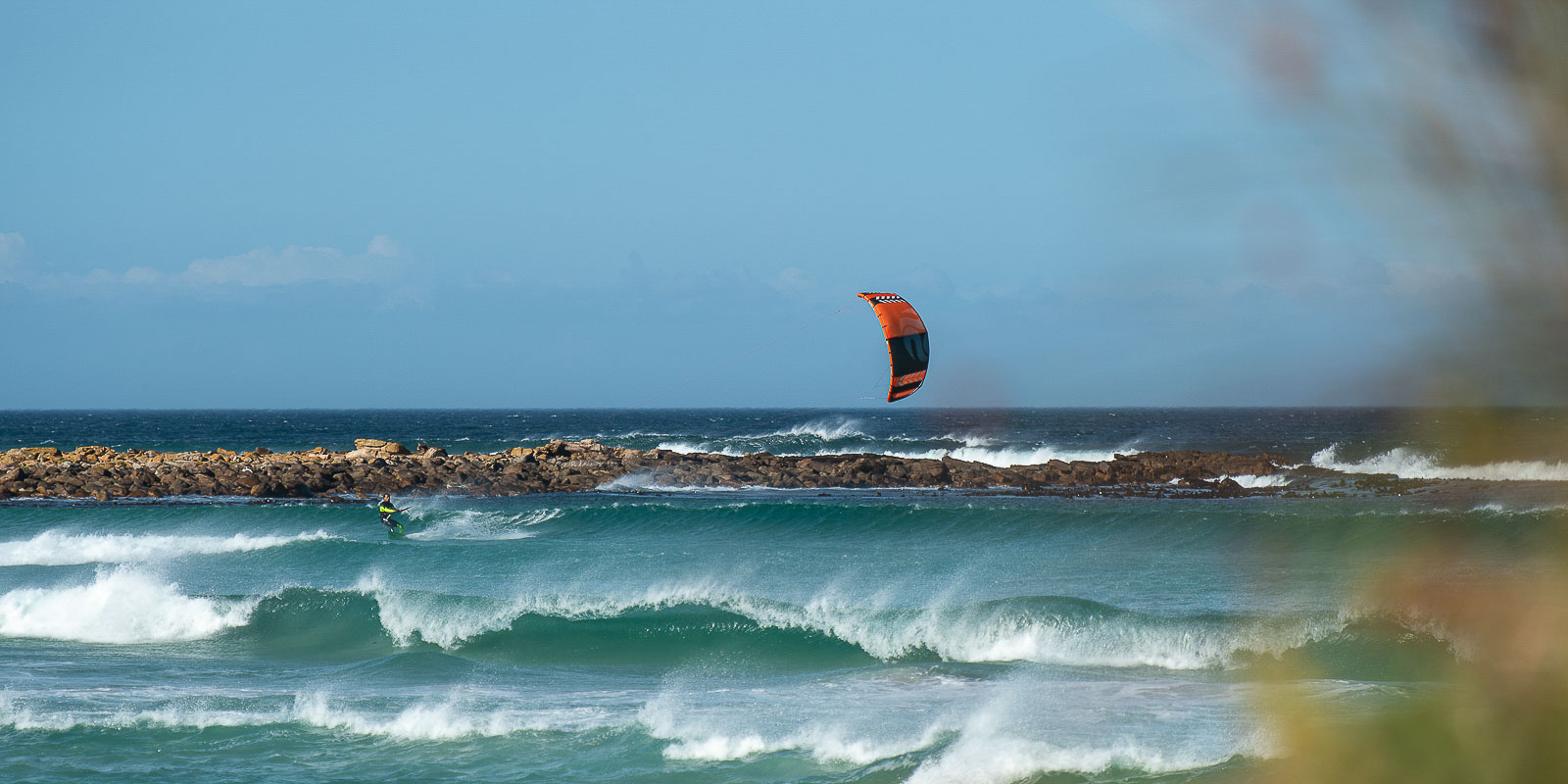
Para mais informação sobre o SWEEL V4 consulta a página oficial PKLB do produto: https://www.peterlynnkiteboarding.com/peter-lynn-swell-v4